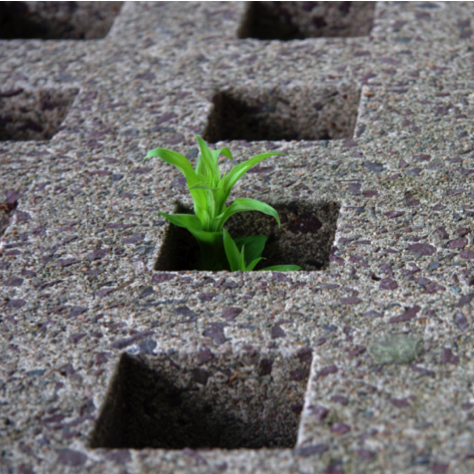
Profitably reducing emissions from cement 2013

After review of the entries, the Judges in the Profitably reducing emissions from cement contest have chosen not to award any finalists or winners. While the entries presented interesting ideas, the Judges deemed the challenges associated with implementing those ideas as being too great to warrant further development of the proposals.
Cement is one of the most carbon-intensive industries and in 2020 will account for as much as 5 gigatons of CO2 emissions. But aggressive pursuit of proven measures could reduce 2020 emissions from cement production by nearly a gigaton. This contest seeks proposals on how to stimulate investment in profitable carbon intensity reduction measures. The winner will receive travel expenses to present their ideas at Carbon War Room’s Creating Climate Wealth May 2013 summit in Singapore. See more...12
Proposals
Achieving Gigaton-scale reductions within a decade or two requires efforts and optimization over the full life cycle of cement.
Solidia Cement™ reduces embodied CO2 of concrete by ~70% while increasing performance using incumbent industrial equipment and processes.
Cement, being a hydrated complex of lime and silicate, has the potential for being recycled by heating without emitting CO2.
Along with more resilient building structures, we need to use materials with lower carbon-dioxide emissions
Pitch of the project is to make contribution in sustainable conservation and management of Magamba nature reserve.
Production of bio-coal via torrefaction and subsequent replacement of coal with bio-coal for the reduction of GHG’s from cement production.
Coppice willow adjacent to cement plants.
To overcome barriers to uptake of new binder technologies, build on the strengths of Portland cement with enhanced substituting materials.
The Pitch of the project is to make contribution in sustainable conservation and management of Usambara mountains and Jegetal water source